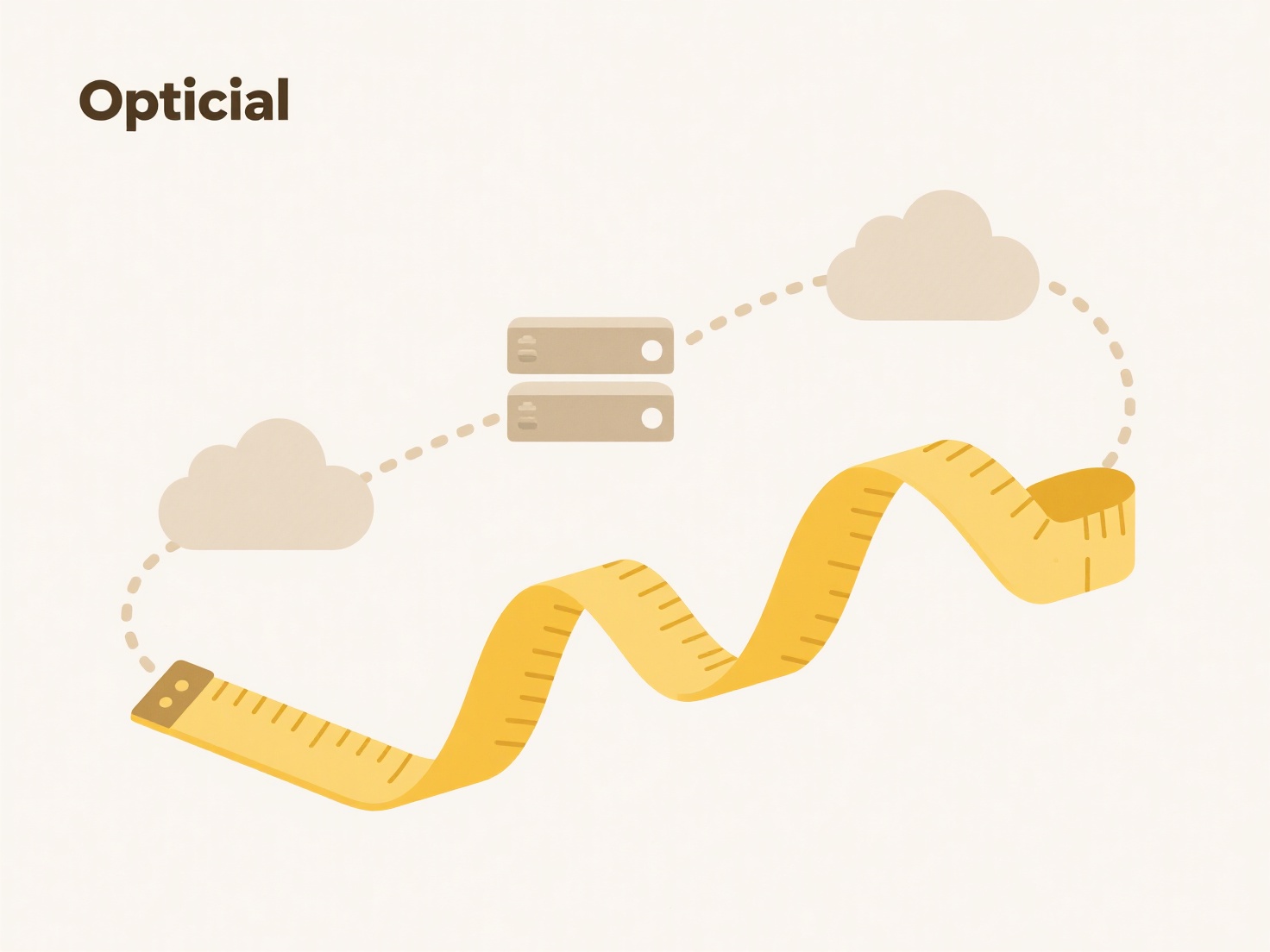
Preventing screen capturing means restricting unauthorized duplication of sensitive file contents displayed on screens. This differs from standard document encryption by specifically blocking image-based duplication methods like software screenshot tools (e.g., Snipping Tool) or camera photographs. Solutions typically focus on application-level controls to disable screenshot functions or enforce data viewing restrictions within secure environments.

In practice, digital rights management (DRM) tools like Microsoft Purview Information Protection integrate with document viewers to actively block print-screen commands. Similarly, financial or healthcare sectors use secured virtual desktop environments (like Citrix or VMware Horizon) that disable local screenshot capabilities when accessing sensitive patient records or financial reports, forcing all interaction through controlled sessions.
While effective against digital grabs, these methods have limitations: physical photography remains possible, and usability may suffer due to restricted workflows. They complement broader data loss prevention (DLP) strategies but require careful implementation to balance security with productivity. Advances in dynamic watermarking trace leaks but cannot prevent initial capture.
How do I prevent screen capturing of sensitive files?
Preventing screen capturing means restricting unauthorized duplication of sensitive file contents displayed on screens. This differs from standard document encryption by specifically blocking image-based duplication methods like software screenshot tools (e.g., Snipping Tool) or camera photographs. Solutions typically focus on application-level controls to disable screenshot functions or enforce data viewing restrictions within secure environments.

In practice, digital rights management (DRM) tools like Microsoft Purview Information Protection integrate with document viewers to actively block print-screen commands. Similarly, financial or healthcare sectors use secured virtual desktop environments (like Citrix or VMware Horizon) that disable local screenshot capabilities when accessing sensitive patient records or financial reports, forcing all interaction through controlled sessions.
While effective against digital grabs, these methods have limitations: physical photography remains possible, and usability may suffer due to restricted workflows. They complement broader data loss prevention (DLP) strategies but require careful implementation to balance security with productivity. Advances in dynamic watermarking trace leaks but cannot prevent initial capture.
Quick Article Links
What format is best for large datasets?
For large datasets, optimized file formats like Parquet, ORC, and Avro are generally superior to row-based formats (CSV,...
What naming structure works well for shared folders?
A clear naming structure for shared folders prioritizes consistency and descriptiveness to aid user discovery and unders...
How do I manage design iterations or drafts?
Managing design iterations refers to the process of systematically handling different versions or drafts of a design as ...